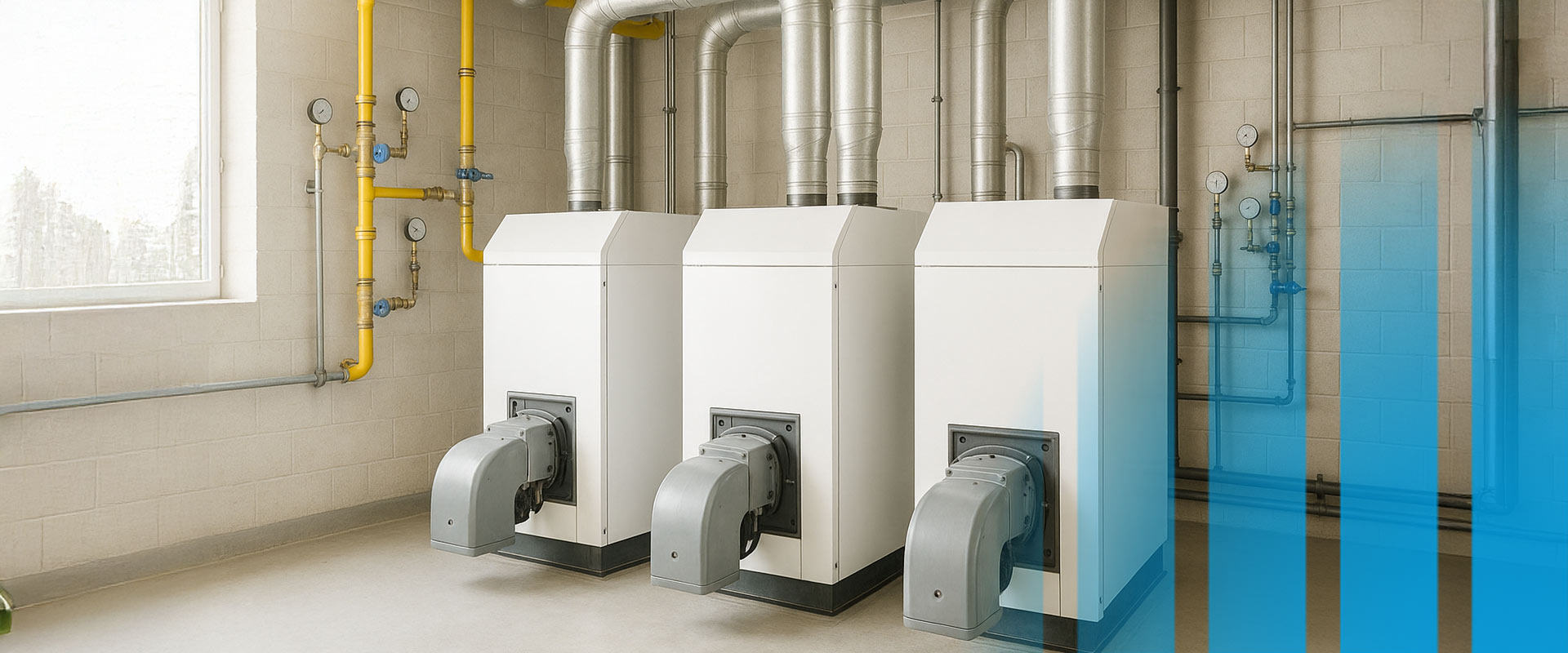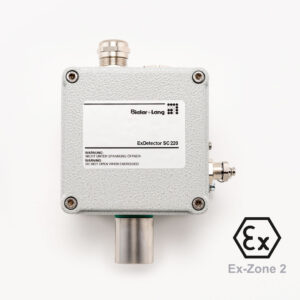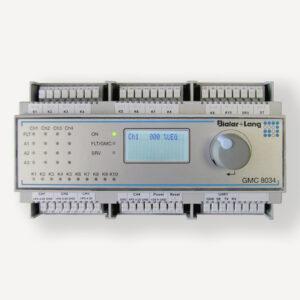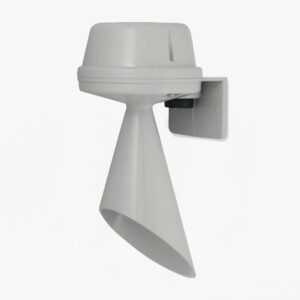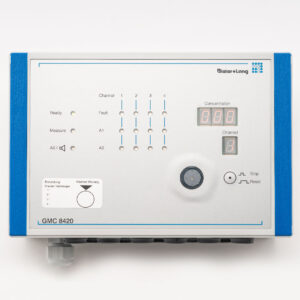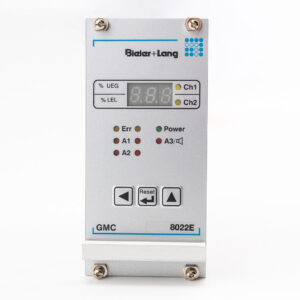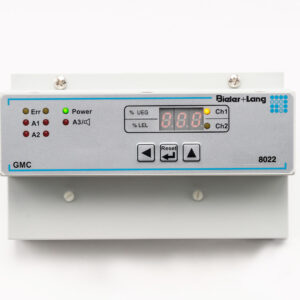Safety when handling refrigerants from heat pumps + air conditioning systems
Professional refrigerant monitoring with Bieler+Lang
Gas warning systems play a central role in the safe and standard-compliant monitoring of refrigerants in commercial and industrial refrigeration systems. They enable the early detection of leaks and thus ensure the protection of personnel, property and the environment. The refrigerants used in refrigeration systems – such as ammonia (R717), CO₂ (R744) or HFC compounds – can be toxic, flammable or extremely harmful to the climate if leaked in an uncontrolled manner. Reliable refrigerant monitoring with gas warning systems is therefore essential for users and operators.
Modern gas warning systems detect critical concentrations in the ambient air and react automatically with acoustic and visual warning signals, the activation of ventilation systems or the shutdown of affected system components. They usually consist of gas sensors that can be positioned precisely, central evaluation units and interfaces to building automation or emergency stop systems. The selection and positioning of the sensors depends on the physical behavior of the refrigerant used – for example, close to the floor for CO₂ or close to the ceiling for ammonia.
Depending on the risk assessment, legal requirements such as DIN EN 378, the EU F-Gas Regulation and the Technical Rules for Hazardous Substances (TRGS 900/120) demand the mandatory use of gas warning systems – particularly in plant rooms, machine rooms and in all work areas with possible refrigerant leaks. Business owners are responsible for implementing suitable leakage monitoring measures to prevent personal injury, environmental damage and business interruptions. In addition, proof of functioning gas detection technology is increasingly becoming a prerequisite for approvals, audits and insurance policies.
For refrigeration specialists, the integration of gas detection systems not only means increased system safety, but also long-term investment security. Regular maintenance and calibration of the sensors ensure that the detection systems work precisely and react reliably in an emergency. This makes refrigerant monitoring an integral part of responsible and sustainable system operation.
